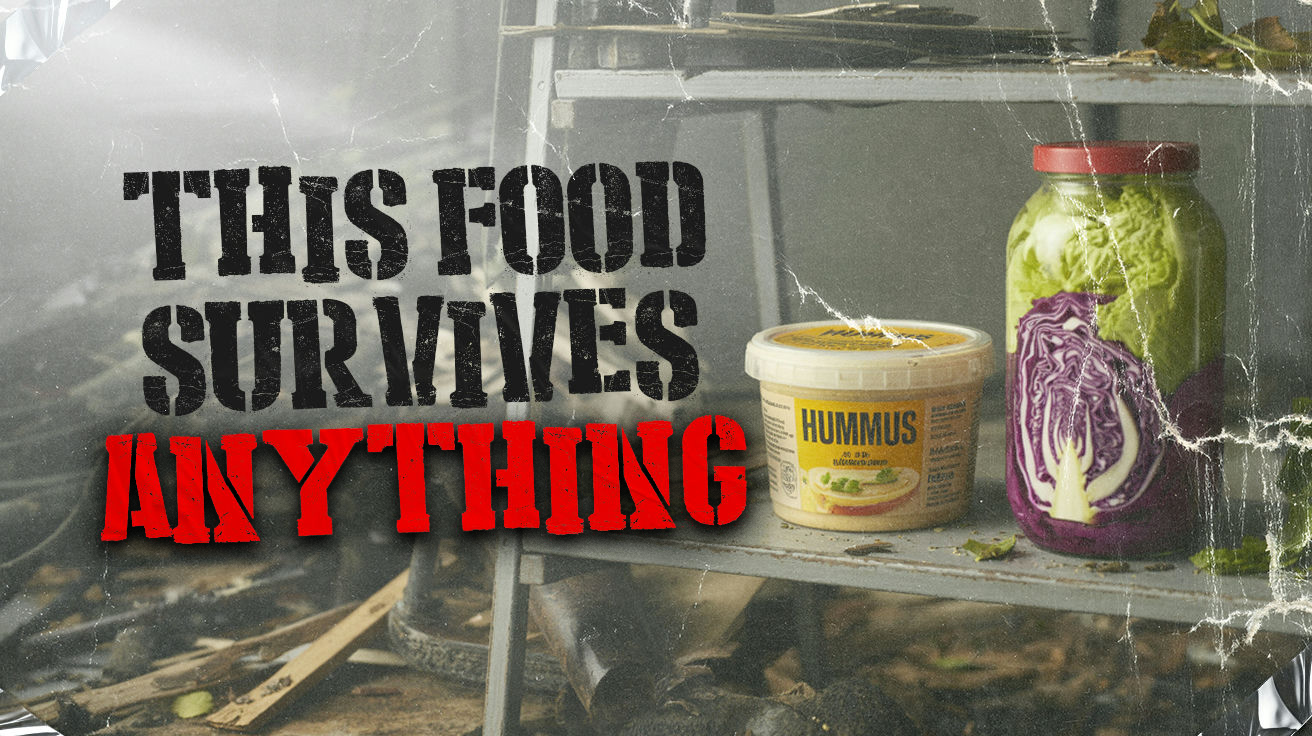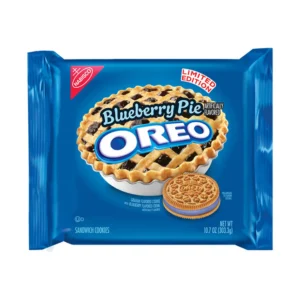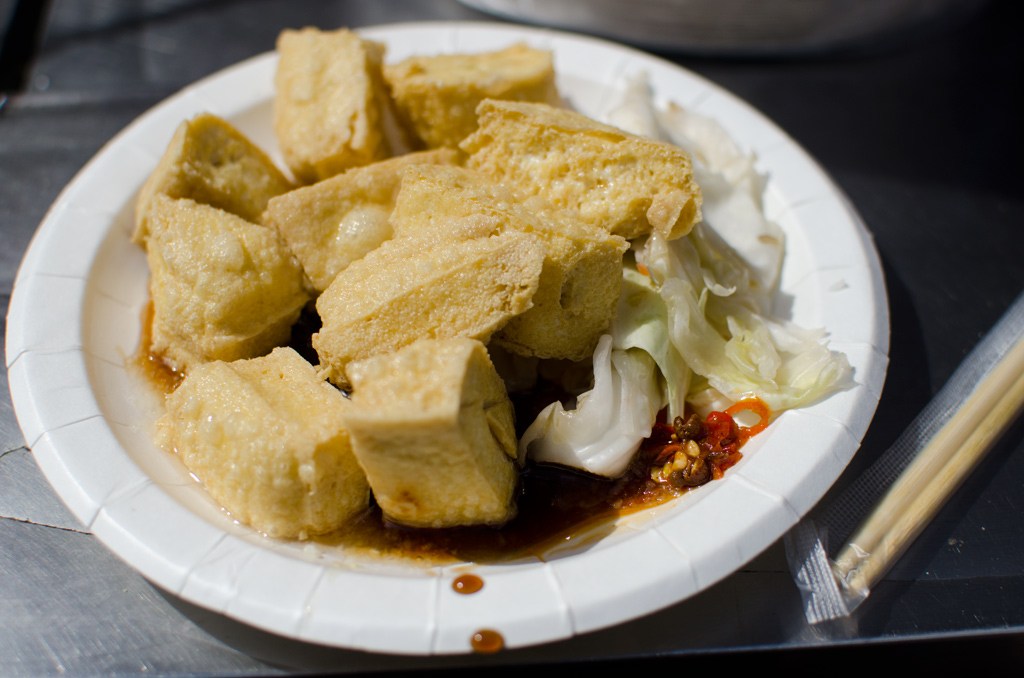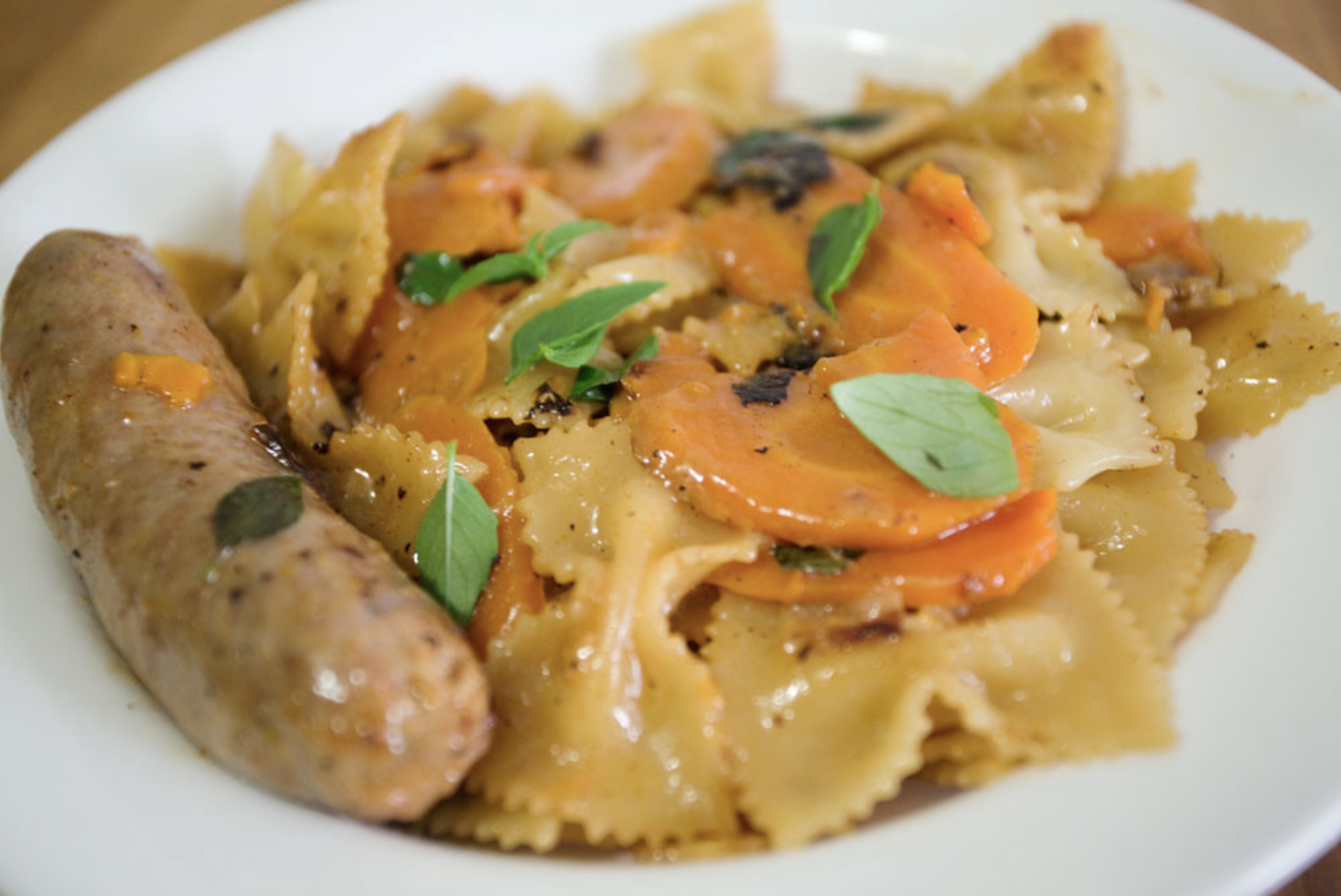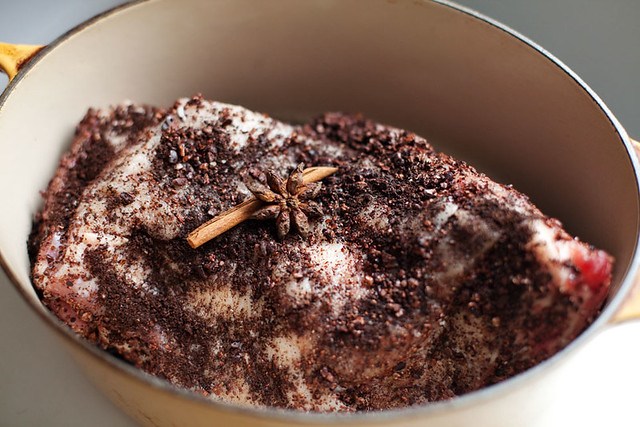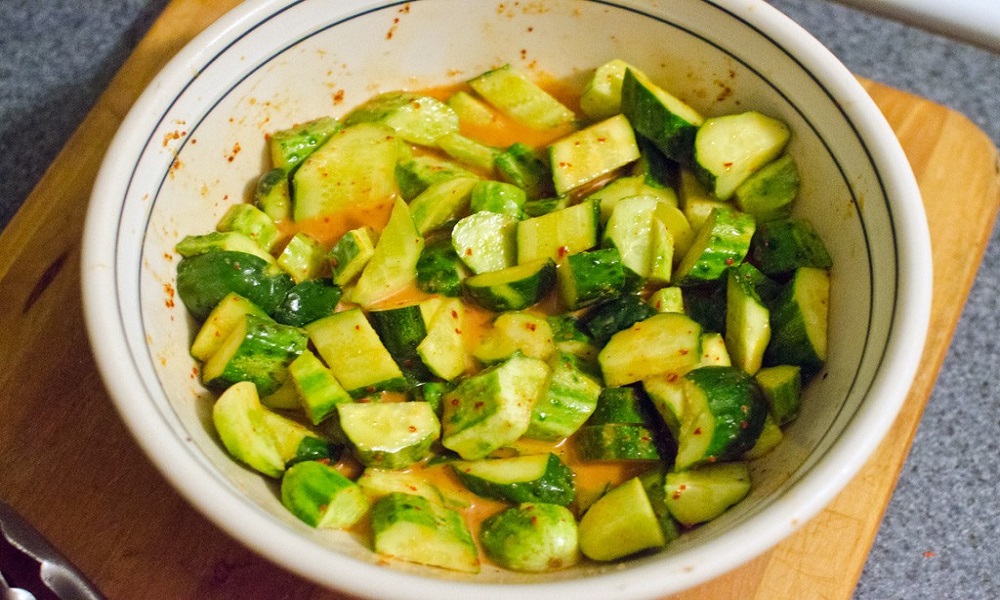Economic uncertainty has a way of turning everyday essentials into precious commodities, but here’s the thing about resilience—it tastes better when you’ve planned ahead. “Food security involves having reliable access to sufficient, affordable, and nutritious food,” notes leading nutrition expert Dr. Sarah Ellis. According to the World Food Summit, food security means all people, at all times, have physical and economic access to sufficient, safe, and nutritious food for an active, healthy life. These 19 foods could be your culinary lifeline, chosen for their staying power, versatility, and ability to transform scarcity into sustenance.
19. Sunflower Seeds (Raw, Unsalted)

Sunflower seeds pack surprising nutrition into tiny packages. Healthy fats, plant protein, and fiber create sustained energy, while vitamin E, selenium, and magnesium support vital functions. Their nutritional profile includes unsaturated fats, protein, fiber, selenium, copper, zinc, folate, iron, and phytochemicals. Low moisture content enables long-term storage without refrigeration, making them remarkably shelf-stable.
Requiring zero preparation, they satisfy immediate hunger while offering culinary versatility. Eat them straight, incorporate into flatbreads, or grind into nutrient-dense paste. Their concentrated nutrition withstands time, providing reliable sustenance when you need it most.
18. Instant Polenta

Instant polenta prioritizes practicality over tradition, offering pre-cooked cornmeal that hydrates rapidly with minimal cooking time. This efficiency conserves water and fuel—precious resources during scarcity. The resulting dense carbohydrates provide sustained energy for demanding situations.
Fortification opportunities abound with canned vegetables and other shelf-stable toppings. The soft, porridge-like consistency eases digestion when stress compromises gut health. Lightweight with extended shelf life, instant polenta transforms basic ingredients into satisfying sustenance with remarkable efficiency.
17. Canned Beets

Canned beets bring color to crisis situations, literally and figuratively. Beyond their vibrant appearance, they deliver nitrates, iron, folate, and manganese to support overall health. A 100g serving provides about 31 kcal, 0.91g protein, 1.8g fiber, 1.8mg iron, and 148mg potassium. The high water content and soft texture accommodate digestive sensitivities and dental challenges.
Visual and sensory variety becomes psychological currency during difficult times. These ruby gems transition seamlessly between cold dishes and warm stews, maintaining their nutritional integrity regardless of preparation method. Sometimes survival strategies require thinking beyond mere sustenance toward mental well-being.
16. Tapioca Pearls

Tapioca pearls shatter expectations like tiny edible surprises. Beyond their dessert reputation lies concentrated carbohydrate power with an impressively long shelf life. Low moisture content keeps them lightweight and compact, maximizing storage efficiency when space becomes premium real estate.
Quick cooking times make them ideal for low-fuel scenarios—think camping stove efficiency. They slip seamlessly between sweet and savory applications, thickening stews, bulking up soups, or forming porridge bases. Don’t let their size fool you; these small spheres pack energy-dense nutrition into every translucent bite.
15. Shelf-Stable Hummus

Shelf-stable hummus challenges the notion that convenience foods can’t deliver genuine nourishment. This protein-rich spread balances chickpea power with tahini’s essential fatty acids, calcium, and iron. The result is a nutritionally complete package that requires zero preparation—just open and enjoy.
Ready-to-eat convenience saves precious time and cooking fuel, while the smooth, spreadable texture pairs beautifully with other shelf-stable foods. Sometimes the most sophisticated survival strategy involves embracing simplicity, and shelf-stable hummus embodies this philosophy perfectly.
14. Fermented Cabbage

Fermented cabbage functions like a tiny ecosystem dedicated to preservation. High acidity and beneficial bacteria maintain shelf stability while delivering vitamin C, lactic acid, and probiotic cultures. Fermented foods bolster the gut microbiome, supporting digestion and immune function.
The tangy, robust flavor enhances otherwise bland emergency diets, requiring minimal preparation. Think of fermented cabbage as your pantry’s insurance policy—protecting against both nutrient deficiency and culinary boredom. Sometimes the smallest additions make the biggest impact.
13. Evaporated Milk

Fresh milk spoils faster than good intentions, but evaporated milk plays the long game with a 12-15 month shelf life unopened. This concentrated companion delivers immediate convenience—no mixing, no fuss, just creamy richness ready to transform basic ingredients into comfort food. The preservation process maintains much of fresh milk’s protein, calcium, and fat content, providing crucial caloric density when every calorie counts.
Beyond nutrition, evaporated milk offers psychological sustenance. That familiar creaminess becomes a bridge to normalcy, a reminder that even in uncertainty, some comforts endure. “Shelf-stable dairy alternatives ensure calcium and protein accessibility regardless of refrigeration availability,” explains nutritional therapist Dr. Amanda Foster. Pour it into soups, sauces, or baked goods, and watch how it elevates the mundane into the memorable.
12. Dry Roasted Chickpeas

Dry roasted chickpeas align with the modern demand for high-protein snacks while serving emergency preparedness needs. Fully cooked and dehydrated, they provide immediate access to protein, fiber, and micronutrients. Ultra-portable convenience requires only opening a package.
The pronounced satiety effect reduces hunger between meals, while their durability resists degradation over time. Crush into flour, grind into paste, or rehydrate for versatility. These little legumes prove that practical preparation doesn’t require sacrificing nutrition or satisfaction.
11. Plantain Flour

Plantain flour emerges from traditional wisdom, transforming abundant crops into shelf-stable nutrition. This gluten-free alternative offers complex carbohydrates alongside potassium, magnesium, and resistant starch. Plantain flour is also rich in vitamins A and C, providing additional nutritional insurance, while its digestibility welcomes sensitive stomachs.
Mix with water and salt for instant flatbreads, or blend into warm porridge with reconstituted milk. The flour thickens soups and stews while boosting nutrient density. Plantain flour represents centuries of resourcefulness, proving that traditional knowledge often holds the keys to modern resilience.
10. Barley

Barley carries the quiet confidence of a grain that’s weathered civilizations. This ancient powerhouse delivers high fiber content that keeps you satisfied with smaller portions—crucial when rationing becomes reality. You can boil it into hearty soups that warm both body and spirit, or toss it cold into salads when the power’s out and creativity kicks in.
The real magic happens in storage. Properly stored barley maintains nutritional integrity for years, making it a reliable crop for food security—especially in marginal environments and subsistence farming. It thrives in poor soil and drought conditions, making it a beacon of agricultural resilience when global conditions shift like sand dunes.
9. Instant Semolina Porridge

Instant semolina porridge offers simple sustenance rooted in tradition. Pre-steamed and dried semolina achieves rapid rehydration with minimal cooking requirements. Easily digestible complex carbohydrates provide steady fuel for demanding situations.
The smooth texture and neutral taste create broad appeal, adapting to sweet or savory applications. Fortification opportunities abound with powdered milk, dried fruit, or spices. Compact storage maximizes efficiency, while reliable preparation ensures consistent results when consistency matters most.
8. Powdered Coconut Milk

Space becomes precious currency during scarcity, making powdered coconut milk invaluable. This concentrated treasure weighs practically nothing yet reconstitutes into rich, fat-laden liquid bursting with lauric acid and immune-supporting compounds. Each tablespoon contains about 40-50 calories, 4g fat, 2g carbohydrates, and micronutrients like vitamin C, E, B vitamins, calcium, and iron. Precise portioning prevents waste, allowing you to tailor usage to immediate needs.
Natural fat content becomes liquid gold when dietary fats grow scarce. Whether enriching a humble stew or creating an indulgent dessert, powdered coconut milk bridges the gap between survival and satisfaction. It represents resource efficiency meeting nutritional richness—a philosophy wrapped in a lightweight package.
7. Canned Mushrooms

Canned mushrooms deliver umami-rich satisfaction along with selenium, copper, and B vitamins. The preservation process maintains their meaty texture and concentrated flavor, allowing them to function as satisfying protein substitutes when meat becomes luxury. Their adaptable nature blends seamlessly into countless dishes.
Some find the flavor less vibrant than fresh varieties, but their extended shelf stability becomes invaluable during economic disruption. Low acid content ensures longevity, while their substantial chew adds psychological satisfaction to meals. Think of them as your pantry’s secret weapon for adding depth and substance to otherwise simple fare.
6. Canned Carrots

Over 40% of food waste stems from spoilage—a sobering reminder of fresh food’s fragility. Canned carrots sidestep this entirely, maintaining peak nutritional value for 18 months to five years when stored properly, according to the USDA. They’re the supporting actors that make everything else taste better, stretching stews and enriching grains with their mild, comforting flavor.
The soft consistency welcomes all ages, from toddlers to grandparents, ensuring no one gets left behind at mealtime. Emergency preparedness expert Jennifer Walsh notes, “Canned vegetables like carrots provide consistent nutrition when fresh produce becomes scarce or expensive.” Lightweight and stackable, they demand zero refrigeration, conserving precious energy for other needs.
5. Applesauce In Jars Or Pouches

Applesauce arrives like a gentle reminder that comfort foods can also be practical. Natural sugars, fiber, and vitamin C provide energy and digestive support, while the high water content aids hydration. The smooth texture welcomes compromised digestion, making it accessible when eating becomes challenging.
Zero preparation requirements make it instantly available, while familiar flavors provide psychological comfort during stress. Combine with oats, rice, or reconstituted grains to enhance both taste and nutrition. This shelf-stable staple proves that sometimes the simplest solutions offer the greatest reassurance.
4. Green Split Peas

Split peas pack more punch per square inch than their humble appearance suggests. These emerald gems deliver plant-based protein and slow-digesting carbohydrates, offering sustained energy that outlasts quick fixes. Iron, potassium, zinc, and folate tag along for the nutritional ride, creating a complete package that stays viable for years in proper storage.
Cooking time stays mercifully short at 45-60 minutes, while their natural tendency to break down creates thick, satisfying textures. The neutral flavor acts as a blank canvas, readily absorbing spices and fats to match your mood or available ingredients. At pennies per calorie, they represent what emergency management coordinator Tom Richards calls “democratic nutrition”—accessible, dependable, and filling for every economic bracket.
3. Shelf-Stable Rice Noodles

Rice noodles represent culinary adaptability at its finest. These gluten-free, preservative-free noodles rehydrate rapidly with minimal cooking time, crucial when fuel must be rationed. Clean-burning carbohydrates provide steady energy without digestive discomfort.
Their resistance to spoilage in humid conditions adds storage security, while their neutral flavor makes them excellent carriers for other stored ingredients. Whether supporting canned meats or vegetables, rice noodles offer an economical, adaptable foundation for countless meal combinations.
2. Dry Milk Alternatives

Dry milk alternatives address multiple dietary needs while remaining shelf-stable for 18-24 months in cool, dry conditions. Temperature fluctuations don’t faze these lightweight powerhouses, which rehydrate easily to provide carbohydrates and trace minerals. Plant-based milk alternatives, like soy milk, are often fortified with calcium and vitamin D, and can offer protein, zinc, magnesium, vitamin A, and potassium.
Versatility shines through beverage preparation, porridge enhancement, and baking applications. Their broad culinary adaptability helps maintain nutrition and morale simultaneously. “Plant-based milk powders offer essential nutrients without the storage challenges of dairy alternatives,” notes food security researcher Dr. Lisa Park. Building resilient strategies requires foods that serve multiple purposes, and dry milk alternatives deliver exactly that flexibility.
1. Chickpea Flour (Besan)
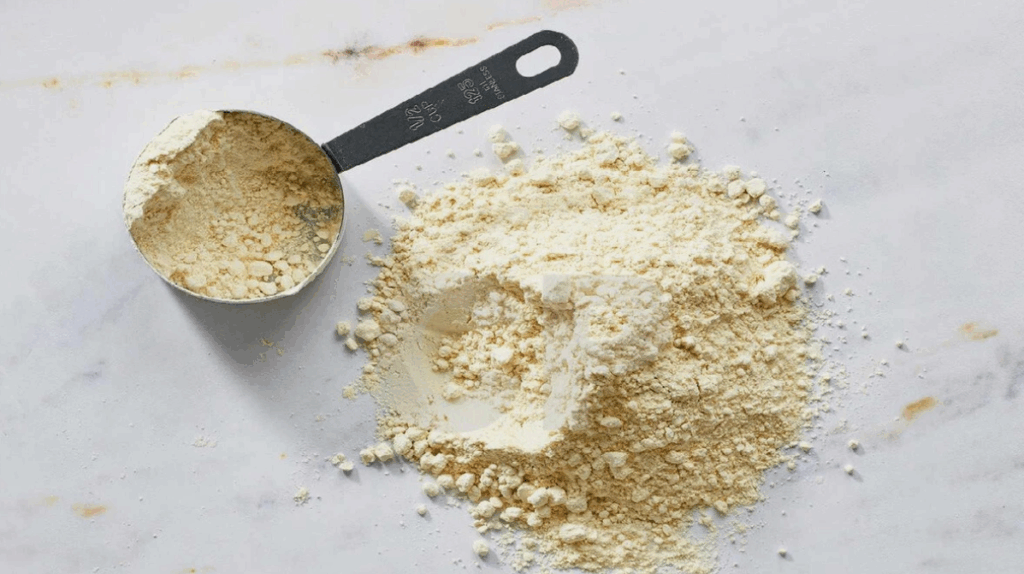
Chickpea flour offers simple sustenance rooted in tradition. Pre-steamed and dried, it achieves rapid rehydration with minimal cooking requirements. Easily digestible complex carbohydrates provide steady fuel for demanding situations.
The smooth texture and neutral taste create broad appeal, adapting to sweet or savory applications. Fortification opportunities abound with powdered milk, dried fruit, or spices. Compact storage maximizes efficiency, while reliable preparation ensures consistent results when consistency matters most. If you enjoyed this post, you might also like these 10 treats that’ll take you down through memory lane.


